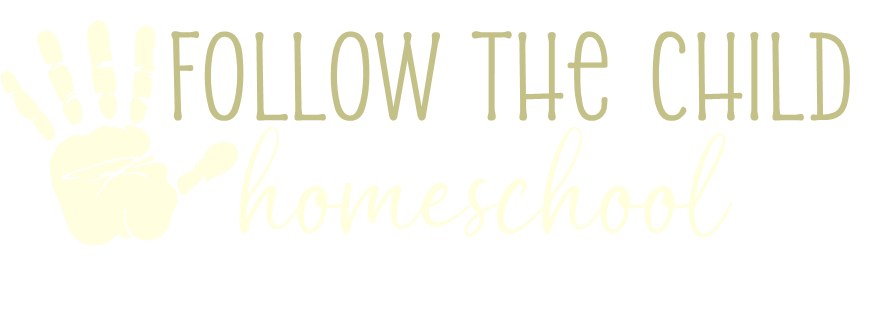The Problem with Scripted Curriculums
I can sum this up in one sentence: Scripted curriculums are designed to make teaching easier. That actually doesn’t sound all that bad, does it? It certainly doesn’t sound like a problem! In fact, this is why most public schools have moved over to almost 100% scripted curriculums. They are one-size-fits-all, eliminate the need for planning time, and provide built-in pacing that fits nicely with a school calendar.
But wait a minute…shouldn’t a really good curriculum be designed to make learning easier?
Here is the homeschooler parent’s dilemma: I can’t spend all of my time learning how to teach something that I may only teach once, twice, maybe three times? So, a scripted curriculum does solve a bunch of problems – but I would argue that it creates just as many, especially if you are trying to individualize your child’s learning experience. My children were certainly not one-size-fits-all! I ended up skipping lessons that weren’t needed, having to create my own lessons for skills they needed extra time on, and my actual pacing never matched what was on paper, leaving me feeling like I was failing horribly…in the end I usually felt like I had wasted my money.
Don’t get me wrong – I love a good spreadsheet, and I am a firm believer in organizing lessons in sequence so that there is a clearly delineated path forward. My children were less enthusiastic about the spreadsheets (still are…). I so wish I had known about the Montessori Method when I was teaching my children! Let’s start by exploring phonics.
I will admit that I have known a few Montessori teachers who make this more complicated than it needs to be, and I think it is simply because they either didn’t have good materials to work with or didn’t truly understand the system. But here it is in a nutshell: If your child is working on Consonant-Vowel-Consonant (C-V-C) spelling/reading, s/he should be doing Pink work. It is that simple. Maybe on Monday s/he decides to work with a five-card collection and the moveable alphabet focusing on the vowel “o” in the middle. Cool. Let’s say you are trying to prevent guessing the word based solely on the initial sound. That means that today, s/he gets to spell the words before seeing the word cards. On Tuesday, s/he chooses a 6-picture word mat, also focusing on the vowel “o.” Alright. Today s/he will read each of the word cards to you before getting to see the pictures. On Wednesday, s/he chooses a six-card rhyming work, again with the letter “o.” No problem, because today we are going to add a second set of six cards that focus on the letter “u” for a rhyming game.
Notice how each day, your child chooses which material to work with, but you are still controlling what the academic focus with those materials will be. The beauty of a good Pink/Blue/Green material is that it doesn’t matter what the child chooses, it all provides the same skills practice opportunities. Repetition without boredom. Redundancy without rote memorization. The extent of your lesson planning is “Pink.” Now, you will tweak the activities based on observations from previous days, but if you change things up at the last minute there is no worry about being “behind” in lessons. A four-year-old child will stay at Pink for about six months. That’s a lot of time to not have to worry about lessons plans. But wait, it gets cooler…
Blue and Green levels in Montessori phonics work exactly the way Pink does. When your child moves up to Blue, there is no need to go through different sets of instructions. Your child will know exactly how to use the material already. And so will you!
How about math? Just like with phonics, if you understand the sequence of the materials and you know all the different ways to use a specific material, no lesson plans needed. The child works with a specific material until the concepts are mastered. The difference with math is that the variety comes in that a child works on many different concepts at the same time. Once a child has mastered counting to ten and matching symbol to quantity, s/he is ready to begin extending the counting sequence to 100, adding and subtracting to ten, working with golden beads, reading equations, and writing numbers. All of those skills have different materials from which to choose – thus the huge variety in choice each day for the child. And that is what a four-year-old child works on.
Montessori materials are the lesson plan – any extra planning time for the teacher is simply focusing on customizing for the child based on observation. No script required.
